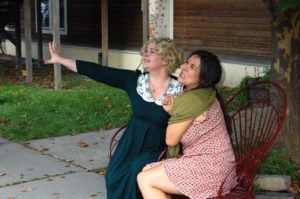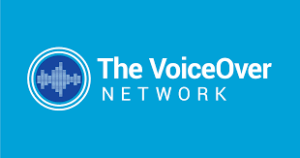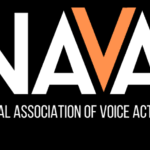So, there you are, gearing up for another busy month. As usual, “work on website” and “go to networking event” and “get business cards” move to the bottom of the “to-do” list. They can, right? Face it–your schedule is full!
But then business trauma hits—your project is cancelled. The sponsor has withdrawn, a school loses its funding, a theatre has to cut back its budget, or a community organization is cutting the department that contracted you.
How do you turn these moments into business success? There’s a few things you can do to get ahead of the game.
How to bounce back from failure
First off, allot yourself no more than 10 minutes to spend on despair and the feeling of failure.
I would say, “Skip this step,” but as artists, we have a powerful sense of responsibility for everything we do, and our sense of success is very tied to outcome. So go ahead, do what you need to do, then cross it off the list (even if you have to add it to cross it off), and move on.
Secondly, remember that there is not enough time in any given day to both make lots of product (teaching, writing, performing) and do lots of smart business promotion. So set aside days that are only for promotion. Or schedule a few half days (this is what I do). The key is to schedule it, and stick to it.
Third, we must to decide how much “free” work to do, at no charge (but often at expense to ourselves). I suspect that every single one of my readers is dedicated to community activism, service, or volunteerism (most likely all three). I am an avid volunteer, and believe strongly in giving. HOWEVER, let’s face it—people tend to assume that we will just do what we do for free, no problem, any and every time, in ways they would never ask a doctor or dentist. One year, I realized I was exhausted, working all the time, AND broke. Then I did the math breakdown and figured out why—I was working for free 30-40 hours per week, in addition to work I was being paid for!!!! Not a good idea.
Here are my donate your time recommendations:
- Decide how many hours per month you want to work for no pay. It is crucial to stick with your decision, so you can really see the effects on your business. Adjust the number of hours up or down, depending on the effects as measured over at least two months.
- Make a list of the types of organizations where you prefer to volunteer. Certainly, there are always surprises, BUT creating a list of priorities will prevent your wishing you had time to do something else, and resenting how your time is spent.
- Decide how you and your business might grow or benefit from your donation. Is there a place for your company’s name to be added to a sponsors list? Are there skills you can learn from other workers? Can you meet key contacts?
- Learn how to say, “No.” Here’s a great phrase, “Unfortunately, I’ve already committed all of my volunteer hours for this month but good luck on your project.” If it’s an organization that you really do want to work with, try to get on the schedule for a future month. Not only will you preserve your sanity, but they will respect your time, and so will you.
Fourth, get two pieces of paper, label one “Dream Projects” and the other “Marketing Ideas and Opportunities.” The first half-dozen or so things on each list will be the easy obvious ones.
I like to push myself to write two pages worth. This is a great strategy, because instead of stressing over what to write, you stress about covering the space, and your creative brain is set free (lots of studies support this kind of production strategy). This is how I came up with MysteryGrams and our At-Home Mystery Games. I suggest revisiting your lists every quarter to ensure you’re focusing on the things that matter to you most.
On my Marketing page, I wrote connect on social. It turns out that for most industries, more than 70% of landed job projects come from referrals. That makes person-to-person networking (or strong personalized cyber connecting) the most important part of your outreach campaign. I began to do research, and over the next week, made it a point to add ideas to the Marketing pages every day. I began attending networking functions. In under a year, I managed to improve my use of Instagram, attend lots more networking events (and thereby learning which are best for me), and begin to create a “next stage” of cyber and local practices that are not overwhelming for me.
Finally, see if you can predict when your biz-dips will be, and use that down time to create new work or new crazy wonderful projects, focus more on promotion or changing your website, or really embrace the downtime and take a break.
Remember, all you ever have to do is take one more step.









